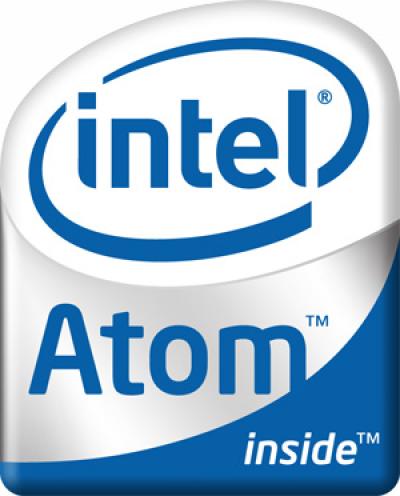Intel Atom Processor Road Map Springs a Leak

Intel will shrink its Atom processor to 32-nanometres in the second half of 2010, and the company is developing this chip and a new netbook platform under the codename “Medfield”, according to a research note that UBS analysts published earlier this month.
In addition to its 32-nm plans in 2010, Intel plans to offer a new Atom processor for netbooks – codenamed “Pineview” – in the second half of 2009, according to the UBS research note. Intel is also planning a new chip set for netbooks at the same time, which will use the company’s own graphics technology.
The UBS research note – entitled Intel Atom: Netbook, Opportunity or Threat? – was originally released 3rd December last, and then picked up by several publications, including Cnet’s Nanotech blog on 7th December.
On 8th December Bill Kircos, an Intel spokesman, confirmed to eWEEK that Intel’s new Atom processor for netbooks is codenamed Pineview, but he declined to discuss the other aspects of the UBS report, including the reported shift to a 32-nm Atom chip in 2010.
Intel first introduced its Atom processor into the market earlier this year. The first of these chips was dubbed “Silverthorne” and that processor was designed for what Intel called MIDs or mobile Internet devices. A second derivative, called “Diamondville”, was created for low-cost notebooks or netbooks, low-cost desktops or nettops and other types of ultraportable laptops.
In the MID category, Intel has announced that it is preparing a new platform called “Moorestown”, which will use a new chip called “Lincroft,” which will have more of a system-on-a-chip (SOC) design, and a chip set called “Langwell”. Intel has not discussed its upcoming netbook platform in much detail yet.
In the UBS report, the analyst report that the new netbook platform will use Intel’s own graphics technology, but that the chip giant plans to continue to use graphics technology from Imagination Technologies for its MID platform. The UBS report also indicates that Intel is working on its graphics driver to ensure that netbooks based on the Atom processor work with Microsoft Windows.
“In addition, Intel has spent a lot of effort developing its graphics driver set to work in the Windows environment running popular applications,” according to the UBS report. “Note that unless Microsoft offers a lower cost version of Vista Premium/Windows 7-equivalent for netbooks, we do not expect the Windows user interface to be a primary driver of netbook graphics performance”.
When Intel switches to a 32-nm processor and the Medfield platform, the company’s engineers plans to offer an even more intricate SOC design and incorporate the processing cores, video technology, the memory controller and the I/O onto the same piece of silicon, according to the UBS research note.
For now, Intel’s Atom processors are built on a 45-nm manufacturing process. The company has announced plans to begin to switch some of its processors to a 32-nm design in late 2009.
In addition to Intel’s new designs, UBS analysts expect OEMs to expand the concept of netbooks beyond simple laptops that connect to the Internet to PCs that will have the ability to handle rich multimedia applications, including high-definition video. This new generation of netbook will also have longer battery life.
Finally, UBS believes that Intel and its netbook OEM partners will incorporate some smartphone technologies into their laptops, including wide area connectivity technology such as WiMax and 3G.